Production of 1100 kg of saffron in Golestan
The director of horticulture of Jihad Keshavarzi of Golestan province said: last year 1100 kg of saffron was produced in the province, which in 2016 was 980 kg.
Morteza Sadeghi stated: By the end of the sixth development plan, the area under saffron cultivation in Golestan province will be expanded to 400 hectares.
He added: Currently in Golestan province, the only mountainous villages of Azadshahr city, including the villages of Wamnan, Kashidar, Sibchal and Narab, are supported by the development of saffron.
The director of horticulture of Golestan Agricultural Jihad stated: saffron is not cultivated in other areas of the province, but experimental cultivations have been done in some other areas of the province, including Shahkuh, Chaharbagh and Maraveh Tappeh, and whenever we reach a suitable result in these areas or other areas, We cultivate saffron in coordination with the ministry.
Sadeghi said: Currently, the area under saffron cultivation in the province is about 235 hectares, of which 65 to 70% of the cultivation is over three to four years and the rest in the first and second years, which have not yet reached production.
He continued: The average yield of saffron per hectare in the province is 8 kg, which is about 2 kg more than the national average. Even in some saffron farms, we had a yield of 20 kg per hectare.
Sadeghi stated: One of the advantages of saffron produced in the province is that it is produced as a healthy product and no toxins are used in the fields. Saffron produced in the province is one of the best saffron products in the country in terms of quality evaluation indicators according to the tests performed in reputable laboratories in Khorasan Razavi province.
The director of horticulture of Golestan Agricultural Jihad pointed out: for every hectare of saffron, four people are directly employed.
He said: Due to the establishment of a cooperative organization of saffron farmers in the village of Wamnan, since 1392, the work of processing and drying saffron has been formed in the province and with the brand of the province.
Sadeghi asked the applicants to cultivate saffron to buy saffron onions from farms in the province, as well as farms that are not infected with fungi.
The director of horticulture of Golestan Agricultural Jihad stated: saffron bulbs should not be imported from other provinces such as North Khorasan and Razavi and other provinces separately because in other parts of the country there is more fungal and soil contamination in saffron fields. If farms become contaminated, the production and health of our products will be overshadowed.
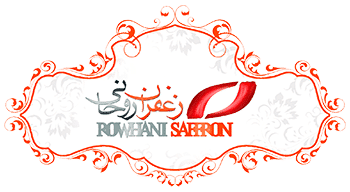
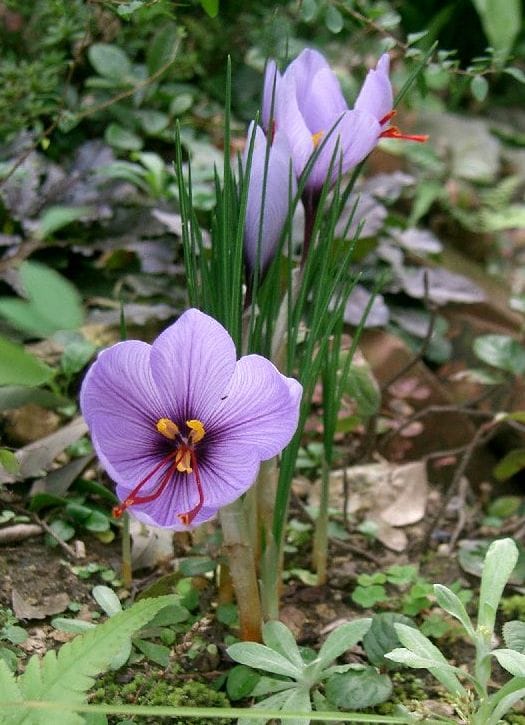
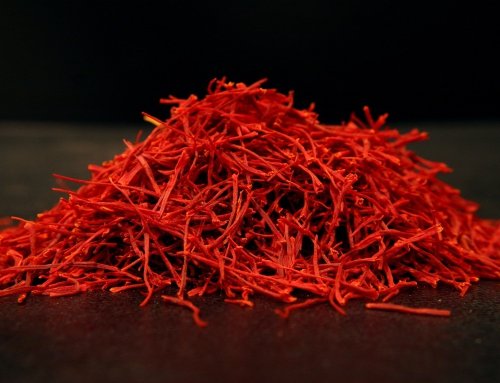
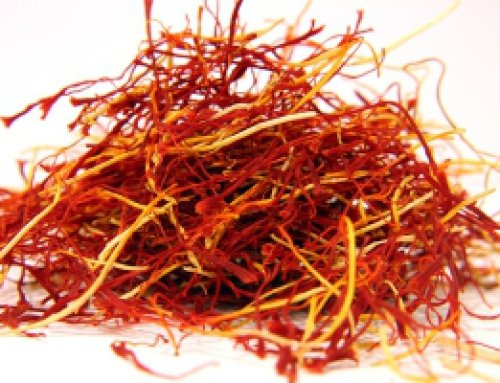
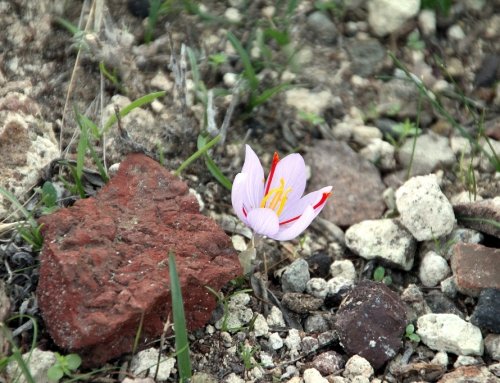
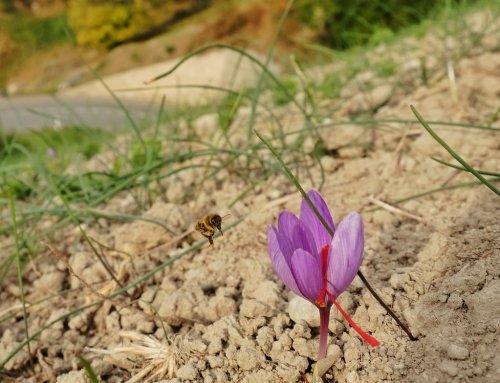

Get Social